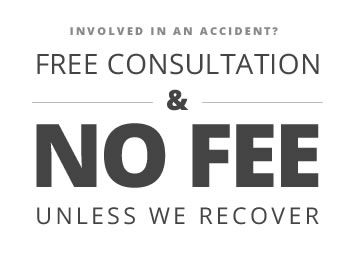When you purchase a car, appliance, clothing, toys, and other consumer products, you expect them to be safe for their intended use. However, manufacturers and other companies can make mistakes that lead to dangerous defects. The US Consumer Product Safety Commission, which is based in Bethesda, MD, publishes and regularly updates its list of dangerous products recalls. Still, thousands of adults and children are hurt every year due to three primary types of defects. A Maryland personal injury attorney can tell you more about your rights, as these claims proceed under a unique theory of liability.
-
Manufacturing Dangerous Defects:
These types of flaws are the result of errors in the production process. If a machine falters, an employee makes a mistake, or other issues arise, the manufacturing defect affects all products within the lot. Items produced on a different day or in another location may not be dangerous, but the ones manufactured through the error may be extremely dangerous.
-
Design Dangerous Defects:
When the mistake is at the core of the product’s blueprint, it falls in the category of design defects. All products created according to the design would be defective because they are mirror images of the original, flawed model.
-
Issuing with Labeling and Warnings:
There are some products that are inherently dangerous, or which are only hazardous if they are not used as intended. Products liability principles place a duty on the manufacturer to properly label them. These items should include packaging or a user manual that provides instructions, warnings, and other information about their use.
-
Liability in Dangerous Defects Products Cases:
Defective products may cause personal injury, but the basis of liability is different from an auto crash or accident on someone’s property. Instead of proving negligence, you must establish that:
- The product was defective, either through the manufacturing process, in its design, or via a failure to provide sufficient labeling;
- The defective product was a direct cause of your injuries;
- You were using the product as it was intended, instead of some other application for which it was not designed; and,
- You suffered losses as a result of your injuries.
Because fault is not an element of a defective products case, the theory of liability is called strict liability. Manufacturers may be legally responsible for putting these dangerous products into a consumer’s hands, regardless of whether they exercised proper care or should have known of the dangers. In addition, other companies beyond the manufacturers may be liable if their conduct affected the product’s safety. For instance, you may have a claim against the maker of a car’s brake pads if a defect made the entire vehicle unsafe.
Call Now to Set Up a Free Consultation with a Dangerous Defects Products Injury Lawyer
If you were hurt because of a dangerous or defective product, you do have rights. It is possible to recover damages for your medical expenses, lost wages, pain and suffering, and other losses. For more information, please contact attorney Michael A. Freedman to schedule a no-cost consultation. We can review your circumstances and explain legal remedies to get the compensation you deserve.



